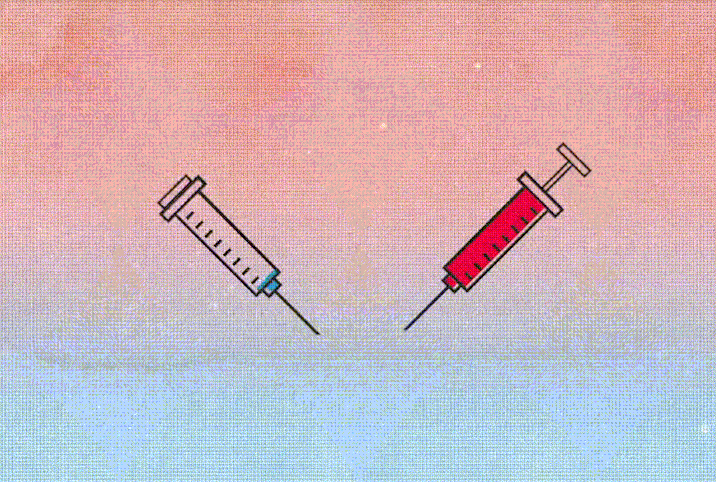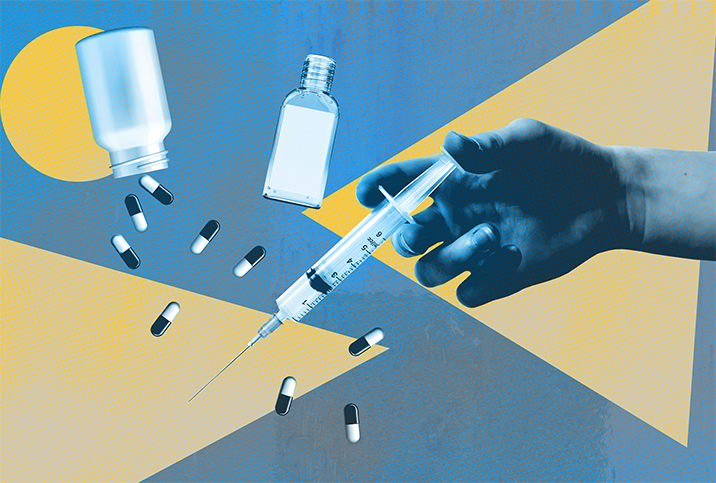Is Low-T Normal? Should I Get Treatment?

Low-T (low testosterone or testosterone deficiency) is a common concern for men. But is low-T normal?
Here's what you should know about this condition and the benefits and risks of testosterone treatment.
What is low-T?
Low-T occurs when the total testosterone level in the body drops below the recommended level. Testosterone, a male sex hormone, is produced by the testes (testicles) and is involved in sexual development, reproductive function, muscle mass, bone density and red blood cell production.
The prevalence of testosterone deficiency is difficult to determine. Rates cited in studies vary widely, with low-T affecting anywhere from 2 percent to 50 percent of males. What is known is that a decrease in testosterone is a normal part of aging. After 40, men begin to experience a 1 percent decrease in testosterone levels each year.
Many other conditions and situations can lead to decreased testosterone levels. Your doctor can determine if your low levels are just a normal part of aging or the result of another issue.
What are the symptoms of low-T?
There are a broad range of symptoms of low testosterone, including:
- Decreased beard growth
- Depression
- Diminished sense of well-being
- Difficulty focusing
- Erectile dysfunction (ED)
- Fatigue
- Sleep apnea
- Irritability
- Loss of body hair
- Low energy
- Low sex drive
- Obesity
- Perceived decrease in physical strength or endurance
- Reduction of lean muscle mass
- Memory issues
How is low-T diagnosed?
Diagnosing low testosterone is based on low blood testosterone levels and the presence of symptoms. Blood testing should be done early in the morning, as testosterone levels decrease later in the day. You'll need two blood tests on separate dates to confirm your diagnosis.
How is low-T treated?
Treatment with testosterone replacement medications can help normalize your levels and alleviate symptoms. The following testosterone products are available:
- Injectable products (long- or short-acting)
- Topical gels or solutions
- Transdermal patch
Side effects vary based on the product but may include:
- Abnormal elevations in red blood cell levels
- Acne, oily skin
- Gum/mouth irritation, tenderness, pain, swelling (buccal products)
- Nose bleeds, runny nose, nasal infection (nasal products)
- Skin irritation, itching, blisters (topical products)
- Smaller testicles, decreased sperm count
When left untreated, low testosterone increases the risk for major cardiovascular events, including heart attack and stroke. However, it is unclear whether testosterone replacement therapy (TRT) improves or worsens your risk. You can begin by watching your blood pressure and cholesterol levels, refraining from smoking and managing your blood glucose levels if you have diabetes.
It is also worth noting that losing weight (or maintaining your weight within a healthy range) and increasing physical activity can help men return to high levels of testosterone naturally. Men with mild testosterone deficiency who are overweight and physically inactive can consider trying lifestyle changes before starting testosterone therapy.
Should I get treated for low-T?
Some of the strongest arguments for testosterone treatment are that it can boost sex drive, remedy erectile dysfunction and increase lean body mass and bone density, all while reducing anemia and depression. Treatment also poses risks, however:
- Testosterone therapy lowers sperm production, therefore, men should not start treatment if they're hoping to have kids. Once testosterone therapy ends, sperm production may take anywhere from six months to two years to resume.
- Studies have shown mixed results regarding improvements in cognitive function, diabetes, energy levels, fatigue and blood cholesterol.
- The Food and Drug Administration (FDA) has issued warnings about the risk of blood clots, cancer and heart attacks from testosterone products. The warnings are controversial, however, as some studies have argued against them.
Understanding the risks and benefits of treatment can help you make an informed decision. Talk to a medical professional who can take your history and evaluate your situation. If you don't have a doctor you see regularly, telehealth makes it easy to connect with one.
Giddy Telehealth is an easy-to-use online portal that provides access to hundreds of healthcare professionals whose expertise covers the full scope of medical care, including men's health. Many of them offer same-day video visits.


















